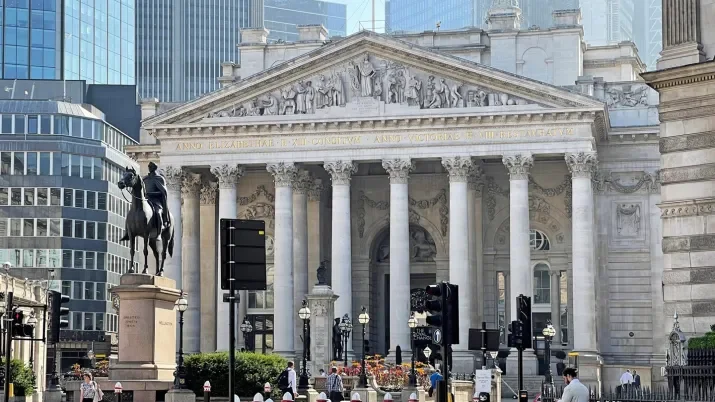Powell confirms Fed pivot is complete
Officially the Fed pivoted from its ‘transitory’ inflation rhetoric in December last year. However, among market participants there remained a sense that the central bank was entrenched in its view that higher inflation would prove temporary, and as supply chains continued to normalise inflation would return to more a normal level by the end of 2022. Not anymore.
The FOMC statement last week, which included ‘dot plot’ guidance showing projected base rates at 1.875% and 2.75% for the end of 2022 and 2023 respectively, suggested this pivot was finally complete, but it was confirmed by Fed chair Jerome Powell on Monday in a speech at the National Association for Business Economics. Powell was much more hawkish than at his Q&A session following the Fed meeting last week and left no doubt about how seriously the FOMC now views inflation: “The risk is rising that an extended period of high inflation could push longer-term expectations uncomfortably higher, which underscores the need for the committee to move expeditiously as I have described.”
Powell also highlighted that central banks would typically look through commodity price shocks, but that the recent surge had come on top of inflation that is already too high, and made for an uncomfortable longer term outlook. He again reiterated how the economy was in a “very strong” position, and able to handle higher rates, and importantly confirmed that the FOMC has moved on from being guided by supply chain normalisation: “as we set policy, we will be looking to actual progress on these issues and not assuming significant near-term supply-side relief.”
However, the comment that has generated most headlines, and led the rates sell-off yesterday, was on rate hikes: “If we conclude that it is appropriate to move more aggressively by raising the federal funds rate by more than 25 basis points at a meeting or meetings, we will do so.”
The hawkishness of the speech left markets in no doubt that controlling inflation was now front and centre for the Fed, and rates markets reacted accordingly. The 10-year Treasury yield surged over 2.30% having started the day at 2.17%, with shorter maturities moving even more sharply and flattening the curve further – the spread between two-year and 10-year yields is now just 15bp and the curve is inverted from the three-year maturity. Markets are now pricing in a 70% chance of a 50bp hike at the Fed’s May meeting. Global rates markets were also weak, with 10-year Gilt yields reversing their post-BoE rally to below 1.5% and rising to 1.64%, while 10-year Bunds now yield 0.47% after being negative as recently as March 7.
With the Fed willing to go above its neutral rate to restore price stability, fears of a recession have increased, though Powell did stress that “soft, or at least softish, landings have been relatively common” in the US and that the Fed has the tools to achieve one.
The Fed has a tough job ahead, but the strong economy does help; GDP growth in December 2021 was a healthy 5.5% and corporate debt levels were reduced in the aftermath of the pandemic, leaving interest coverage at healthy levels. However, markets have not had to contend with a Fed this hawkish in a long time, and the path to higher rates will have a few bumps along the way.
It seems clear that government bond yields are likely to go higher from here, and with inflation also likely to stay stubbornly high we would favour hedging interest rate duration risk, keeping duration exposure low, or a combination of both.




